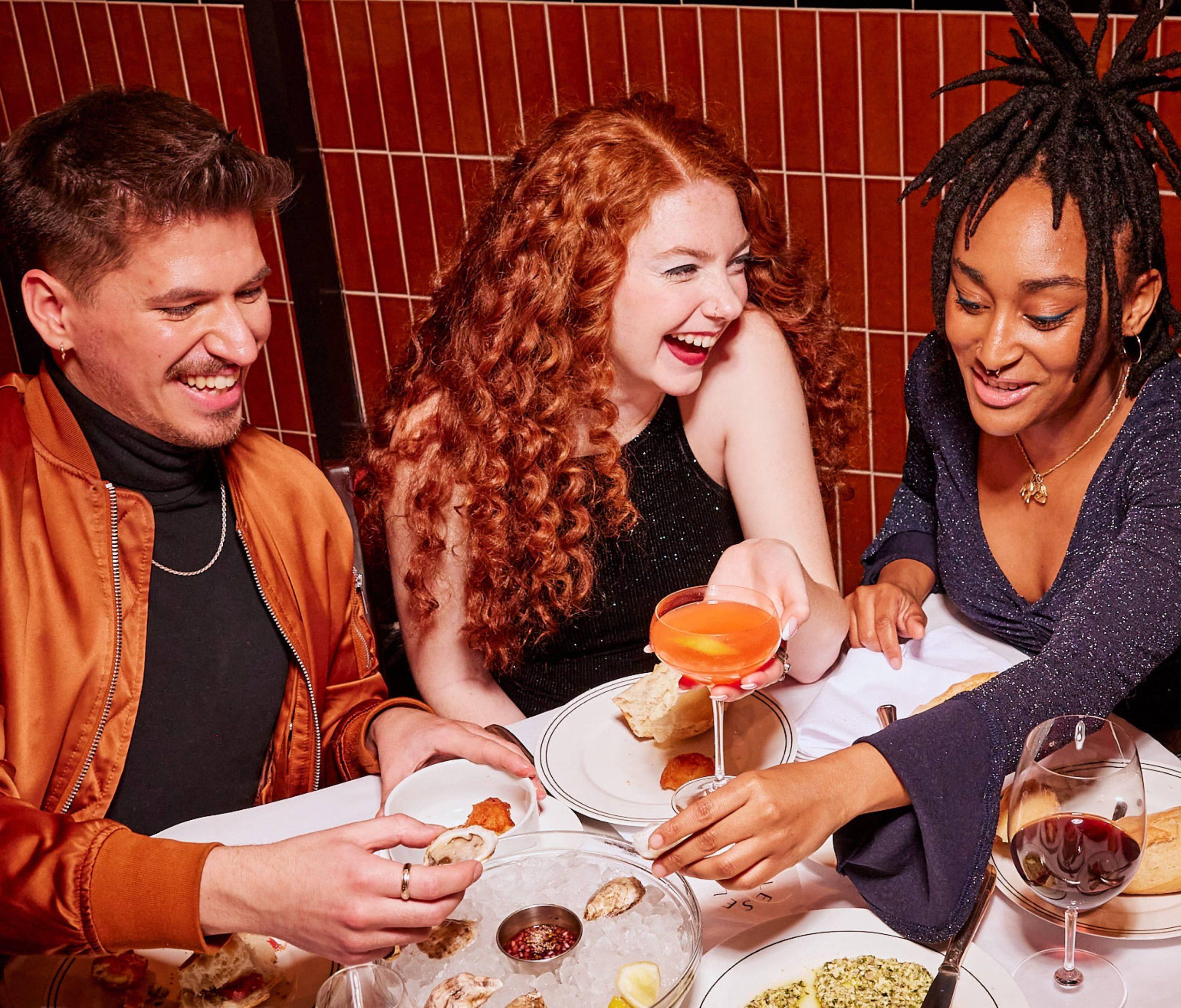OpenTable Experiences are bookable events you can easily customise to showcase your restaurant’s offerings. They help you promote everything from tasting menus and chef’s tables to cooking classes. You can even sell tickets to events that aren’t tied to tables. Offer your Experiences as prepaid events to generate revenue upfront and streamline service or have guests pay at the restaurant – it’s totally up to you.
Best of all, you can set up an Experience in one simple workflow. Here’s how to get started in no time flat.
1. Start here
Visit the Availability Planning section in OpenTable web. Select Experiences, then click Create in the top right corner.
2. Choose your Experience type
Choose from Table Assigned or Ticketed. Table-assigned Experiences are connected to the availability and allocation of your shifts and tables. Ticketed Experiences aren’t and can be offered at your restaurant or off-site – think cooking classes, wine tastings, or parties. Pick the option that most closely matches the Experience you’re planning.

3. Name the Experience
Give the Experience a title – this will be the first thing people see, so make it attention-grabbing. Choose something short but specific.

4. Write a description
This is your chance to sell the event – take advantage of it. Add the details guests want to know, such as menu or entertainment information, but keep it short and to the point.

5. Choose when guests pay and set the price
With Experiences, you have the ability to choose when you want to charge guests.
- Charge guests at the time of booking to help with cash flow and reduce no-shows. You’ll need to activate your Stripe account to accept prepayments.
- Require payment at the restaurant to give guests more flexibility.
- You can also choose to offer an Experience at no cost to your guests.
Select your preference from the drop-down, then customise your price by choosing Per person or Per party. With per person pricing, you have the flexibility to set different prices for adults and children, for example, allowing you to cater to a diverse range of guests. You can even create up to 20 per-person price options, each with its own title and description. Per party pricing lets you offer a special group-only menu for a single price, for example.

6. Add tags to help market your Experience
If you want, you can add tags, such as ‘tasting menu’ or ‘wine dinner’, to help guests discover your Experience when they search. You can even select an occasion, like ‘Mother’s Day’ or ’Restaurant Week’.
7. Select optional add-ons
Add-ons are a great way to offer guests optional upgrades, like wine pairings or a high-end supplement like shaved truffle, that can generate extra revenue for you. Click Create add-on, name and describe the offering, and set a base price.
8. Set up a booking policy
Create a customised booking policy and terms & conditions for the Experience.
- Cancellation policy: Guests can't make any changes after pre-paying, but you can modify the reservation if needed.
- Booking policy: Share additional policies that guests should know in advance.
- Terms and conditions: Require guests to acknowledge the terms and conditions before booking the Experience.

9. Upload photos to showcase the Experience and entice guests
Click the Add images button to select up to 10 photos to help guests picture themselves enjoying the Experience. Eye-catching food photography and glimpses of the space where the Experience will take place are most effective.
10. Schedule the Experience
You can now manage and assign tables for your Experiences. Pick the day or days your Experience will be offered, then set the schedule – add single times as needed or use staggered times to establish a series. Streamline operations with optional settings like:
- Launch date: Schedule when guests should start seeing the Experience.
- Booking cut-off: Set when to stop taking reservations for the Experience.
- Purchase limit: Choose how many tickets one party can book.

Now you’re ready to review the details and click Publish to make your Experience live.
Here are some optional ways to use Experiences and customise them to your needs:
Make the Experience mandatory
If you don’t want to offer your a la carte menu while an Experience is happening, you can require all guests – or a specific party type or size – to opt for the Experience at specific times. Head to Shift Settings in the Availability Planning tab to make Experiences mandatory.
Fine-tune availability
By default, once you’ve created and published your Experience, it will be on all tables across the entire shift it’s been scheduled for. If you need more flexibility, you can make the Experience available at select tables and at specific times, a range of times, or several times within the shift. Head to Shift Settings in Availability Planning to adjust these finer details.
Setting up an Experience will be intuitive once you get going. However, if snags come up along the way, we’ve got your back. Check out the detailed Experiences information on OpenTable Restaurant Support, or contact our support team.




